Your cart is currently empty!
Category: Human Design
Profiles in Human Design: The 12 Archetypes
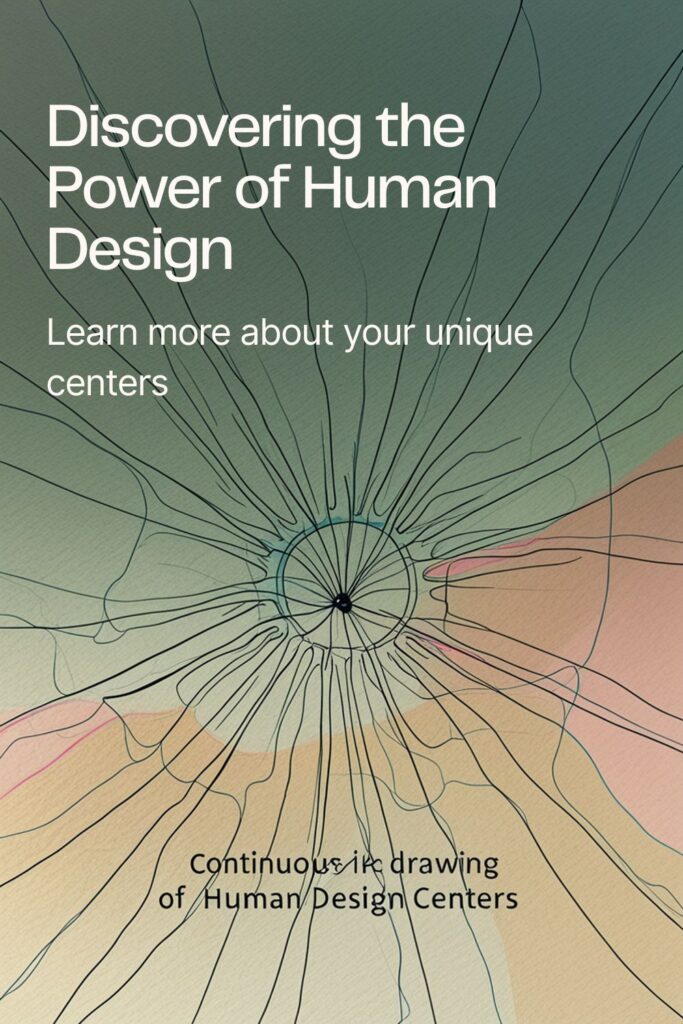
In Human Design, your Profile is like the role you play in life’s story. It describes your personality, the themes you’ll experience, and the way others see you.
Profiles are made up of two numbers (for example, 1/3, 2/4, 5/1). The first number represents your conscious side—how you see yourself. The second number represents your unconscious side—how others often experience you. Together, they form your life’s archetype.
There are 12 Profiles in Human Design. Let’s explore each one.
1/3 – The Investigator/Martyr
- Theme: Trial and error + need for a strong foundation
- Learning style: Research first, then test through experience
- Visibility: People see you as someone who gains wisdom through mistakes
1/4 – The Investigator/Opportunist
- Theme: Research + building networks
- Learning style: Needs depth before sharing knowledge
- Visibility: Natural connector who brings wisdom to their community
2/4 – The Hermit/Opportunist
- Theme: Balance between solitude and social influence
- Learning style: Learns naturally, often without realising
- Visibility: Pulled out of “hermit mode” by invitations from their network
2/5 – The Hermit/Heretic
- Theme: Natural gifts + projection from others
- Learning style: Learns privately but is called out to solve problems
- Visibility: Seen as someone who can fix things, though not always fairly
3/5 – The Martyr/Heretic
- Theme: Learning through trial and error + bringing solutions
- Learning style: Experiment first, then share wisdom from experience
- Visibility: Others project expectations onto you, but you bring real solutions
3/6 – The Martyr/Role Model
- Theme: A life in three phases (trial, retreat, role model)
- Learning style: Through trial, then reflection, then mastery
- Visibility: Ultimately becomes a role model through lived experience
4/6 – The Opportunist/Role Model
- Theme: Community connections + becoming a role model
- Learning style: Learns through relationships and observation
- Visibility: Draws opportunities from their network and later embodies wisdom
4/1 – The Opportunist/Investigator
- Theme: Grounded and stable with a strong foundation
- Learning style: Research and connection go hand in hand
- Visibility: Seen as steady, dependable, and well-informed
5/1 – The Heretic/Investigator
- Theme: Practical problem-solver with a strong foundation
- Learning style: Research-driven but carries others’ projections
- Visibility: Seen as someone who can save the day—but must choose carefully
5/2 – The Heretic/Hermit
- Theme: Projected as a problem-solver + natural talents
- Learning style: Needs alone time to refine gifts, then applies them practically
- Visibility: Draws others’ projections but succeeds when aligned with true calling
6/2 – The Role Model/Hermit
- Theme: Life in phases + natural talent
- Learning style: Natural gifts grow into wisdom through lived experience
- Visibility: Becomes a role model while still needing time in solitude
6/3 – The Role Model/Martyr
- Theme: Life as a process of growth through trial and error
- Learning style: Wisdom develops through many life experiments
- Visibility: Seen as wise through resilience and lived experience
Profiles Shape Your Path
Your Profile explains why you approach life, learning, and visibility the way you do. Some are here to investigate and build knowledge. Others learn through trial and error. Some thrive in solitude, while others shine through networks and community.
Understanding your Profile gives you compassion for your journey—and helps you step into the role you’re truly here to play.
Want to keep learning? Read the next article in the series—or, if you’re ready for personal guidance, order a recorded Human Design reading and explore your unique blueprint.

Welcome! 🌟 My name is Justyna, and I use Astrology and Human Design as a tool to help others navigate various aspects of life. If you’re interested in booking a personal astrology or a human design reading click here. In addition to personalised readings, I also share weekly and monthly insights on my YouTube Channel. Feel free to explore my work on Medium, Subscribe to my monthly newsletter and if you find what I do helpful, you can show your support by buying me a coffee! ☕ Thank you for stopping by, and I look forward to connecting with you! 😊
The 9 Centers in Human Design: Defined vs. Undefined
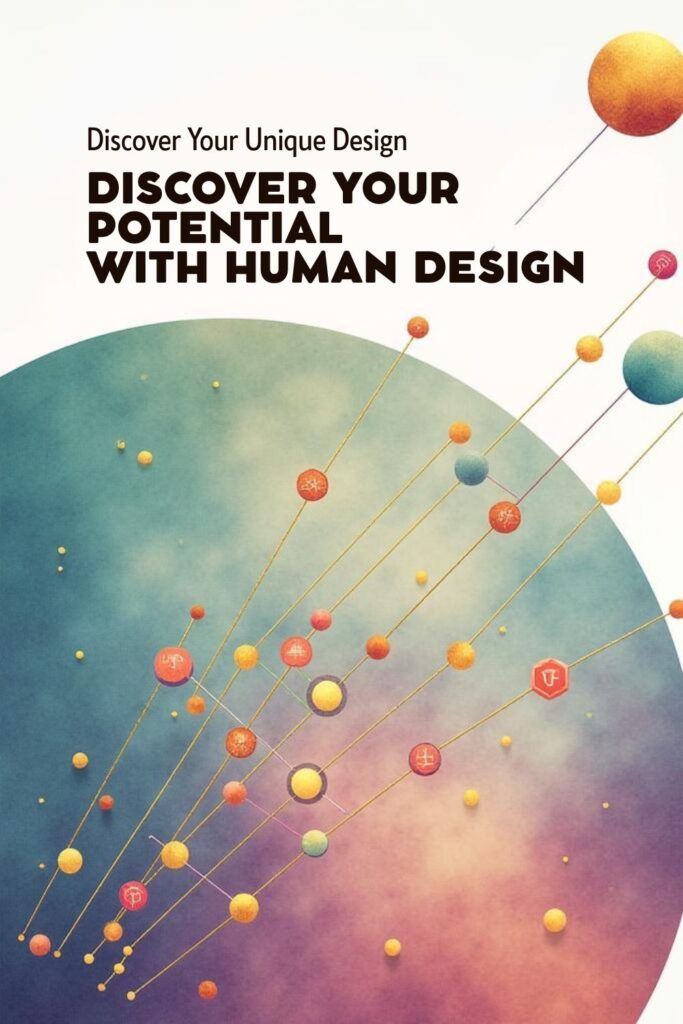
In Human Design, the nine centers are the core of your chart. They represent different aspects of human experience, including thinking, communication, identity, love, willpower, emotions, instincts, life force, and pressure.
Some of your centers will be defined (colored in on your chart) and others will be undefined (white). Defined centers show where you have consistent energy and influence others. Undefined centers show where you’re open, flexible, and influenced by the world around you.
Both defined and undefined carry wisdom—neither is “better” or “worse.” The key is learning how they play out in your life, relationships, and work.
Head Center (Inspiration & Mental Pressure)
- Defined: You have a consistent way of processing inspiration and mental questions.
- Undefined: You’re open to absorbing others’ ideas and inspirations, but may feel pressured to answer every question.
Ajna Center (Concepts & Beliefs)
- Defined: Steady way of seeing and interpreting the world; others may see you as firm in your opinions.
- Undefined: Flexible thinker, able to see multiple perspectives—but may struggle with uncertainty.
Throat Center (Communication & Expression)
- Defined: A consistent voice and way of expressing yourself.
- Undefined: Highly adaptable in communication, but may feel pressure to “prove” yourself by speaking when not ready.
G Center (Identity & Direction)
- Defined: A stable sense of identity, love, and direction in life.
- Undefined: Deeply influenced by environment and people; may feel fluid in sense of self—but also wise in sensing identity in others.
Heart (Ego/Will) Center (Willpower & Value)
- Defined: Strong willpower and a consistent relationship with value and commitment.
- Undefined: May overcommit or feel pressure to prove worth—but can become wise about motivation and value.
Solar Plexus Center (Emotions & Emotional Awareness)
- Defined: Emotional authority—experience highs and lows, need time for clarity.
- Undefined: Highly empathetic, amplifying others’ emotions; wisdom in learning what’s truly yours vs. what you absorb.
Spleen Center (Instincts & Intuition)
- Defined: Consistent intuitive awareness; reliable sense of timing and safety.
- Undefined: Highly sensitive to environment and health; wisdom in discerning fleeting fears from true intuition.
Sacral Center (Life Force & Work Energy)
- Defined: Sustainable energy for work, creation, and mastery (Generators & MGs).
- Undefined: Not here for consistent workforce energy; wise about when to engage and when to rest.
Root Center (Pressure & Drive)
- Defined: Consistent relationship with stress and deadlines; pressure is steady.
- Undefined: Can feel others’ pressure strongly, rushing to relieve it—but also wise about the nature of stress and timing.
Defined vs. Undefined in Life
- In relationships: Defined centers shape how you influence others; undefined centers show where you’re influenced in return.
- At work: Defined centers give you consistency; undefined centers make you adaptable.
- In mindset: Defined centers can feel “fixed”; undefined centers teach flexibility and wisdom.
Your chart is a unique mix of both—your consistent strengths and your open windows to the world. Learning how to navigate each brings self-awareness and compassion for yourself and others.
Want to keep learning? Read the next article in the series—or, if you’re ready for personal guidance, order a recorded Human Design reading and explore your unique blueprint.

Welcome! 🌟 My name is Justyna, and I use Astrology and Human Design as a tool to help others navigate various aspects of life. If you’re interested in booking a personal astrology or a human design reading click here. In addition to personalised readings, I also share weekly and monthly insights on my YouTube Channel. Feel free to explore my work on Medium, Subscribe to my monthly newsletter and if you find what I do helpful, you can show your support by buying me a coffee! ☕ Thank you for stopping by, and I look forward to connecting with you! 😊
Authority: Your Inner Compass in Human Design
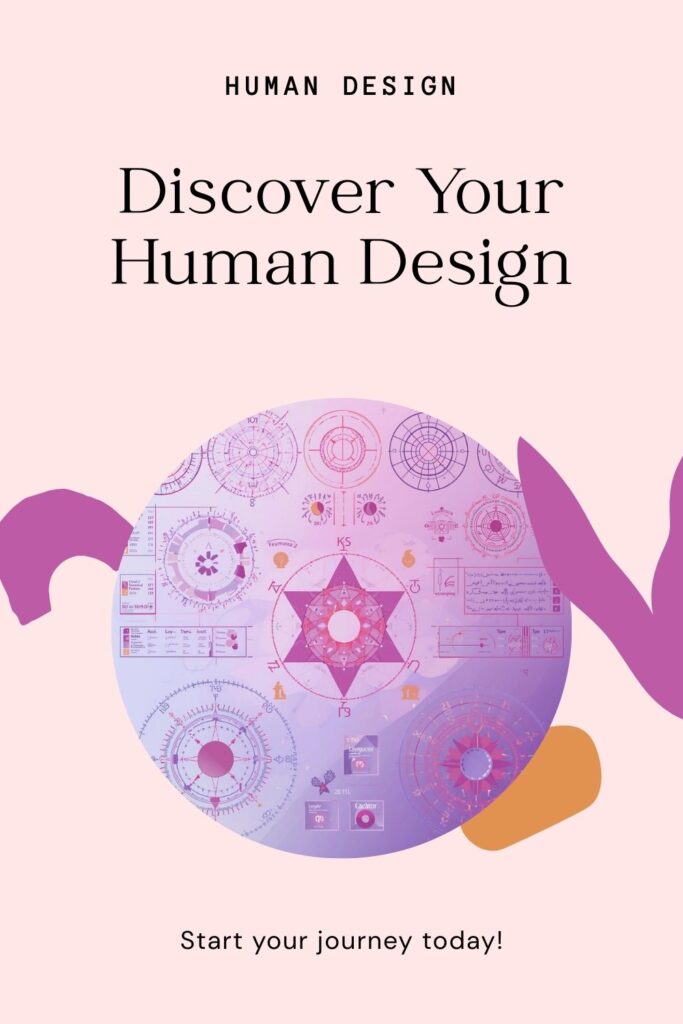
If your Energy Type shows how you’re meant to move through life, your Authority shows how you’re meant to make decisions. It’s your inner compass—helping you navigate choices in a way that aligns with your true self.
In Human Design, there are seven authorities: Emotional, Sacral, Splenic, Ego, Self-Projected, Mental, and Lunar. Each works differently, but all are designed to guide you toward clarity and alignment.
Emotional Authority
“Ride the wave before you decide.”
Those with Emotional Authority are here to take their time. Decisions made in the heat of the moment often feel wrong later. Instead, clarity comes after riding out emotional highs and lows.
Example: Instead of saying “yes” to a new job offer immediately, wait a few days. If the excitement still feels stable once emotions settle, it’s aligned.
Sacral Authority
“Trust your gut sounds.”
Sacral beings (Generators and MGs) experience clear signals in their body—often as a “uh-huh” (yes) or “uh-uh” (no). The gut responds to life in real time, and it’s usually accurate.
Example: A friend asks if you want to join a trip. Your sacral immediately lights up with excitement—there’s your answer, even if your mind starts to overthink later.
Splenic Authority
“The whisper in the now.”
Splenic authority speaks quietly and instantly—like a flash of intuition or a subtle body signal. It won’t repeat itself, so tuning in requires trust.
Example: You’re about to sign a contract, and suddenly your body tenses or your inner voice says, “No.” That fleeting nudge is your spleen guiding you.
Ego (Heart) Authority
“Does this light up my willpower and desires?”
This authority is about motivation and commitment. If your heart is truly in it, you’ll have the will to follow through. If not, forcing it leads to burnout.
Example: An opportunity arises to collaborate. If it excites your sense of value and desire, it’s a yes. If not, your energy won’t sustain it.
Self-Projected Authority
“Clarity through your voice.”
For those with Self-Projected Authority (often Projectors), speaking thoughts out loud brings alignment. Hearing your own voice guides the decision.
Example: You’re considering moving to a different city. As you talk it through with a trusted friend, you hear yourself say, “This feels expansive.” That’s your authority speaking.
Mental (Environment) Authority
“Clarity comes through your environment and conversations.”
Mental Authority relies on processing decisions through sounding boards—trusted people and the right environments. It’s not about advice but about how your own words land when shared.
Example: You discuss a career move with a mentor, not to be told what to do, but to hear your own clarity reflected back in the conversation.
Lunar Authority (Reflectors only)
“Wait 28 days for the moon to show you.”
Reflectors need time. The moon’s cycle gives them different perspectives, and waiting for the full cycle brings clarity.
Example: Before making a major life decision—such as starting a new business—a Reflector allows a full lunar cycle to pass, checking in at different phases of the moon before making a decision.
Living Your Authority
When you experiment with your authority, you shift from making mental, pressured choices to aligned, embodied ones. The mind can analyse, but it’s not here to decide.
- Emotional Authority: clarity over time
- Sacral Authority: trust your gut
- Splenic Authority: trust your intuition
- Ego Authority: follow your desires
- Self-Projected: listen to your voice
- Mental Authority: soundboard in the right environment
- Lunar Authority: wait for the moon
Your authority is your built-in guidance system. Trust it, and life begins to unfold with less doubt and more flow.
Want to keep learning? Read the next article in the series—or, if you’re ready for personal guidance, order a recorded Human Design reading and explore your unique blueprint.

Welcome! 🌟 My name is Justyna, and I use Astrology and Human Design as a tool to help others navigate various aspects of life. If you’re interested in booking a personal astrology or a human design reading click here. In addition to personalised readings, I also share weekly and monthly insights on my YouTube Channel. Feel free to explore my work on Medium, Subscribe to my monthly newsletter and if you find what I do helpful, you can show your support by buying me a coffee! ☕ Thank you for stopping by, and I look forward to connecting with you! 😊
The 5 Human Design Energy Types & Their Strategies
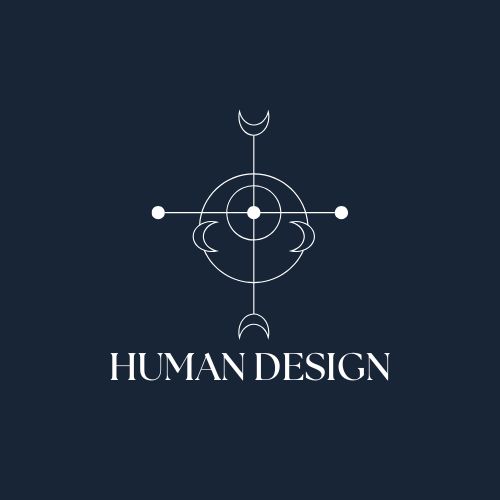
In Human Design, the first thing you’ll discover when you look at your chart is your Energy Type. Think of it as the role you’re naturally wired to play in life—the way your energy interacts with others and the world.
There are five types in Human Design: Manifestors, Generators, Manifesting Generators, Projectors, and Reflectors. Each type has its own aura, role, core challenge, and strategy for moving through life with more ease.
Let’s explore them one by one.
Manifestors
Aura: Closed and initiating
Role: Trailblazer, catalyst, the one who gets things started
Core Challenge: Resistance from others when they don’t communicate their intentionsManifestors are here to spark action. They don’t need permission—they’re the ones designed to get things moving. But their powerful energy can sometimes feel intense to others, leading to resistance.
Strategy: Inform before you act. By simply letting others know what you’re about to do, Manifestors reduce pushback and gain more freedom to move forward with ease.
Generators
Aura: Open and enveloping
Role: Builder, life-force energy, the one who sustains and creates
Core Challenge: Frustration when they commit to things that don’t light them upGenerators have a powerful sacral energy that gives them the stamina to build, create, and master skills. They’re here to do what excites them—not what drains them.
Strategy: Wait to respond. Instead of forcing things, Generators align best when they respond to opportunities, invitations, or cues from life itself.
Manifesting Generators (MGs)
Aura: A mix of Manifestor and Generator—powerful and magnetic
Role: Multi-passionate creator, fast mover, designed to try many paths
Core Challenge: Impatience and the pressure to stick to one thingManifesting Generators move quickly and often skip steps—but that’s part of their design. They’re meant to be multi-taskers, learning through trial and error.
Strategy: Wait to respond, then inform. Like Generators, they must respond to life first, but once they’re moving, it helps to inform those around them to avoid resistance.
Projectors
Aura: Focused and penetrating
Role: Guide, advisor, the one who sees deeply into others
Core Challenge: Bitterness when their wisdom isn’t recognisedProjectors are not here to do all the heavy lifting—they’re here to guide. Their gift is in seeing what others can’t, especially when it comes to systems, efficiency, and potential.
Strategy: Wait for the invitation. Projectors thrive when they share their insights in spaces where they are genuinely recognised and invited to contribute.
Reflectors
Aura: Sampling and resistant
Role: Mirror of the environment, community barometer
Core Challenge: Disappointment when life feels too predictable or stagnantReflectors make up only about 1% of the population. They reflect the health of their environment and community, sensing what works and what doesn’t.
Strategy: Wait a lunar cycle (28 days). Reflectors need time to process big decisions, allowing the moon’s phases to bring clarity.
Why Strategy Matters
When you experiment with your type’s strategy, life begins to feel less like a struggle and more like a flow. Instead of pushing against resistance, you move with your natural design.
- Manifestors gain freedom through informing.
- Generators and MGs find satisfaction by responding.
- Projectors receive recognition by waiting for invitations.
- Reflectors discover clarity through time.
Your energy type is the foundation of Human Design, and your strategy is the key that helps you unlock it.
Want to keep learning? Read the next article in the series—or, if you’re ready for personal guidance, order a recorded Human Design reading and explore your unique blueprint.

Welcome! 🌟 My name is Justyna, and I use Astrology and Human Design as a tool to help others navigate various aspects of life. If you’re interested in booking a personal astrology or a human design reading click here. In addition to personalised readings, I also share weekly and monthly insights on my YouTube Channel. Feel free to explore my work on Medium, Subscribe to my monthly newsletter and if you find what I do helpful, you can show your support by buying me a coffee! ☕ Thank you for stopping by, and I look forward to connecting with you! 😊
What Is Human Design? A Beginner’s Guide
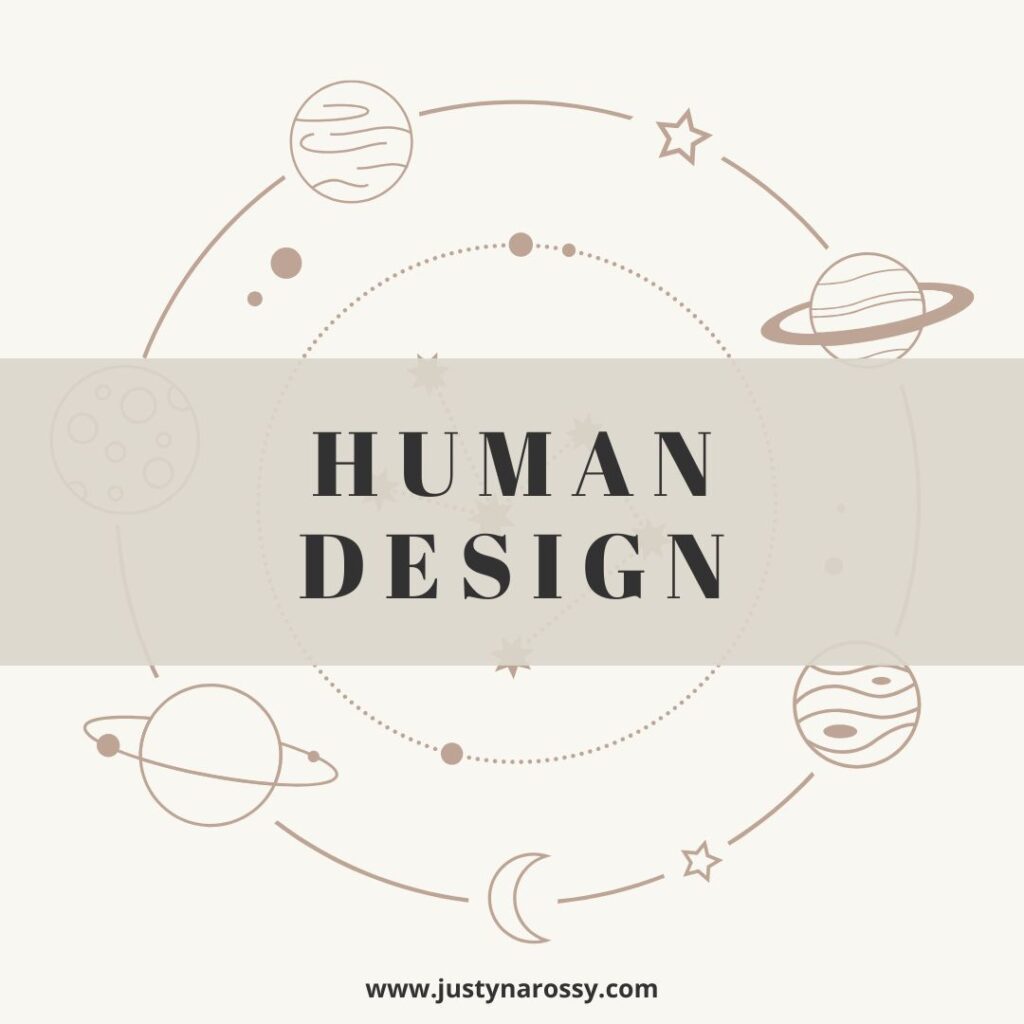
Have you ever wondered why some people thrive with structure while others shine in spontaneity? Or why certain decisions feel good in the moment but later prove misaligned? Human Design offers a framework to answer these questions—not by telling you who to be, but by showing you how your energy is naturally designed to flow.
The Origins of Human Design
Human Design was introduced in 1987 by Ra Uru Hu, who described it as a synthesis of ancient wisdom and modern science. At its core, it blends:
- Astrology – the planetary imprint at the moment of birth
- The I Ching – the 64 hexagrams become the 64 gates in Human Design
- The Kabbalah Tree of Life – influencing the energy channels
- The Chakra System – reimagined as nine centers instead of seven
- Modern science – particularly genetics and quantum physics
This unique combination makes Human Design both practical and deeply spiritual—a tool for self-discovery in today’s complex world.
The Purpose of Human Design
Human Design isn’t about fitting into a box. Instead, it helps you uncover how you are naturally wired to:
- Make aligned decisions
- Use your energy sustainably
- Understand your strengths and sensitivities
- Improve relationships through awareness of differences
Think of it as your personal operating system. When you know how it works, life tends to feel less like a struggle and more like a flow.
The BodyGraph: Your Energy Blueprint
When you generate your Human Design chart (often called a BodyGraph), you’ll see a diagram of shapes and lines. This map represents your energy centers, channels, and gates—your unique energetic fingerprint. No two charts are the same.
Key elements include:
- Type – your energetic role in the world (Manifestor, Generator, Manifesting Generator, Projector, Reflector)
- Strategy – the way you’re designed to move through life
- Authority – your inner compass for decision-making
- Profile – the archetypal role you play in life’s themes
- Centres – where you hold consistent energy versus where you’re open and influenced by others
Why It Matters
Most of us live conditioned by family, society, and expectations. Human Design shows where you may be living “off-track” and how to realign with your authentic energy. By experimenting with your design, you begin to notice more ease, clarity, and opportunities that truly fit you. Human Design isn’t about believing in a system—it’s about testing it in your daily life. Start by learning your Type and Authority. Notice how it feels when you follow them compared to when you don’t. Over time, this simple practice can transform how you make choices, work, and connect with others.
Want to keep learning? Read the next article in the series—or, if you’re ready for personal guidance, order a recorded Human Design reading and explore your unique blueprint.

Welcome! 🌟 My name is Justyna, and I use Astrology and Human Design as a tool to help others navigate various aspects of life. If you’re interested in booking a personal astrology or a human design reading click here. In addition to personalised readings, I also share weekly and monthly insights on my YouTube Channel. Feel free to explore my work on Medium, Subscribe to my monthly newsletter and if you find what I do helpful, you can show your support by buying me a coffee! ☕ Thank you for stopping by, and I look forward to connecting with you! 😊